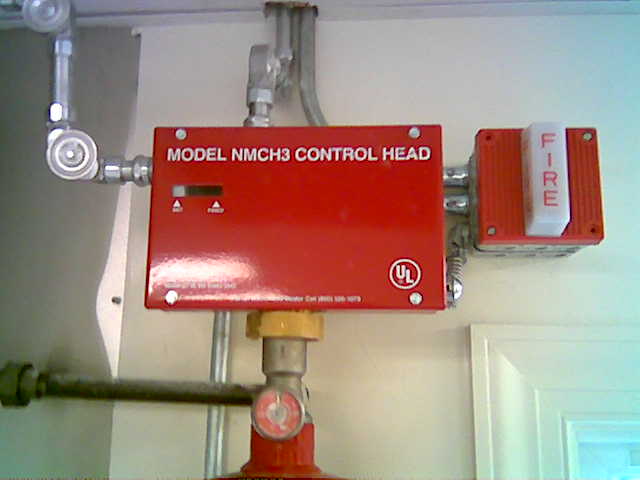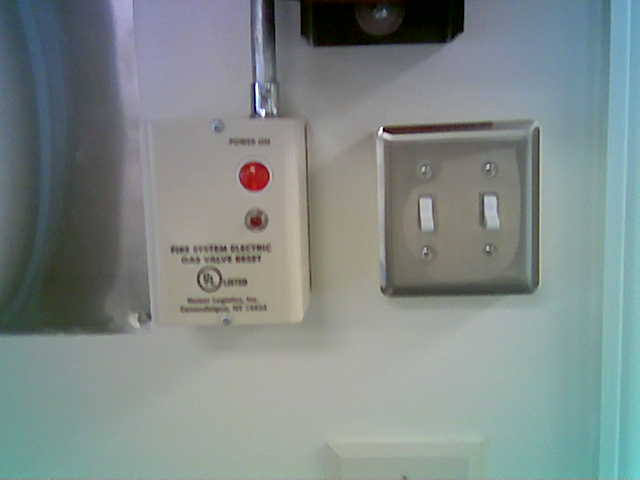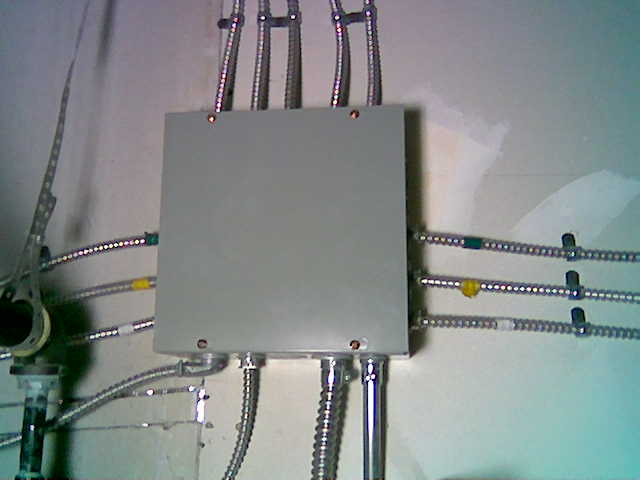So these are used in place of a contactor?
They can be ..or used to select a certain circuit to kill.
So these are used in place of a contactor?
So these are used in place of a contactor? Sorry if I seem under educated on these type of breakers, I have only knowledge of using contactors to control electrical.
A shunt-trip breaker is basically a remote-controllable breaker. Some will burn out with constant coil voltage applied, and some interrupt the trip current when they trip. If they supply their own power, that works.npw how do I acomplish this? how do I wire the shun trip and gas valve? some help please.
You cannot make electrical connections inside the box, so be prepared to mount a J-box to connect to the microswitcn wires with a short piece of flex.
The micro-switch wires must be connected to outside of the control-head box. I usually run a piece of flex to a wall-mounted handy-box or 4" sq. box with two 90-deg fittings, and make the connections to the system conductors there.What?......
The micro-switch wires must be connected to outside of the control-head box. I usually run a piece of flex to a wall-mounted handy-box or 4" sq. box with two 90-deg fittings, and make the connections to the system conductors there.
Make it quick, I have to be at work at 6AM tomorrow.:roll:I have a pic or two somewhere. Lemme look.
You'll have to check back tomorrow night, then. Sorry.Make it quick, I have to be at work at 6AM tomorrow.:roll:
Make it quick, I have to be at work at 6AM tomorrow.:roll:
All the Ansel systems I have installed needed to operate as follows in the alarm state all power under hood needs to be off. For City installations that included the hood lights, County it didn't mater. The make up air had to shut off, The exhaust had to come on. Most had two micro switches I could only use one. The fire alarm guys used the other. I never needed to run any electrical to the gas valves they were all mechanical, but I do know that some valves are controlled by electrical solenoids( not common cause i heard way more expensive). Umm.... The fans need to operate or shut down regardless of the position of the every day use switch/es, fire marshal checked both ways.
I have a pic or two somewhere. Lemme look.
This is a typical ansul system control box.
This is a typical ansul system control box.
That looks nothing like what I have dealt with....and I have no pictures.

That looks like the box that controls the exhaust fan, make-up air, and hood lights (Looks exactly like the ones I have used)
Here's 3 pix from one. It's a different control box than I usually see, I guess because it's in a different county, but the two SPSD micro's are consistent.did you ever find those pics?



That looks to me like a "Hood control panel' not an Ansul box.
Here is a typical Ansul box


